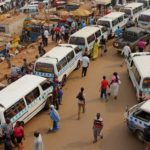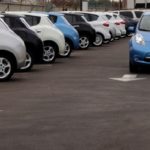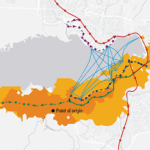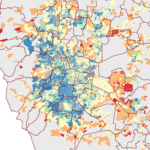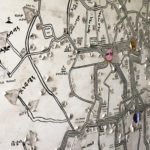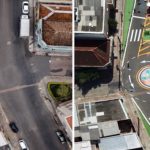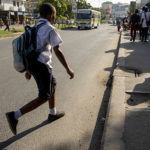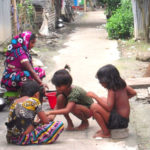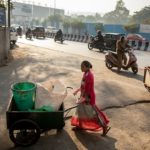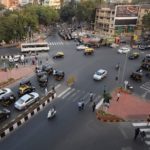Search Results for 'feed'
This commentary explores the social and economic benefits that climate action can deliver and uses real world examples to show how these benefits can be used to further equity and ensure a just transition to a new climate economy. In ...

The fundamentals of urban mobility are changing rapidly. Apps like Uber and Lyft are becoming ubiquitous around the world and new modes like electric and shared bicycles and scooters are on the rise. The conversation is increasingly trending toward mobility ...

In 2016, the U.S. Air Force offered a vision of the future for the transportation and energy sectors when the Los Angeles Air Force Base became the first federal facility to replace its entire ground vehicle fleet with plug-in electric vehicles (EVs). ...

As cities across India contend with rapid outward expansion and growth, critical urban services are lagging behind, impacting long-term environmental sustainability, public health and quality of life. Rapid urbanization and the realities of climate change require the implementation of solutions ...

The previous Map of the Month showed the power of accessibility data – comparing average travel time to different services in Mexico City – as a proxy to understand inequality in cities. But similar analyses can also help us to ...

“Poor and vulnerable” is a common refrain in climate change stories. It’s a phrase used with good reason, to highlight how climate change disproportionately affects the disenfranchised. Economically, politically and socially vulnerable communities feel climate impacts first and hardest. They have fewer ...

In Mexico City, someone living in one of the wealthiest neighborhoods has 28 times better access to jobs in a 30-minute trip by public transit and walking than someone living in the poorest areas. Twenty-eight times. And this says nothing ...

Hand-drawn in black marker and spanning an entire wall of Addis Ababa’s Anbessa company headquarters is a map depicting stops, timetables and fares for the city’s 73-year-old public bus system. Peeling icons and stickers tell a history of corrections and ...

Porto Alegre’s João Alfredo Street runs through the heart of the Cidade Baixa neighborhood and is known for its active nightlife, full of bar hoppers and club goers every evening. But during the day João Alfredo is almost empty, avoided ...

Some schools in Dar es Salaam, Tanzania, see more than a dozen of their students injured or killed in road crashes every year. Haphazard development in the nation’s capital paired with a growing number of vehicles have created dangerous conditions ...

When Rani, a mother of five in Khulna, Bangladesh, found that the tea stall outside her home kept flooding, she didn’t wait for a government climate resilience program to swoop in. Like many people in urban communities facing the effects ...

SWaCH is a finalist for the WRI Ross Prize for Cities. Pinky Sonawane spent her childhood gathering garbage on the streets of Pune, India. She’d join her mother in pulling plastic bottles, cans and cardboard from roadside dumpsters, selling ...

While India accounts for only 2 percent of global motor vehicles, it contributes over 12 percent of global road traffic deaths. Around 150,000 people lose their lives on India’s roads every year, making them some of the most dangerous ...

Mayors from cities across the U.S. are stepping up and committing to broad and inspirational action to reduce greenhouse gas emissions and decarbonize local energy systems. This leadership is especially critical given lack of federal climate action, but translating a ...

The diverse economic, social and physical benefits of bicycling are no secret, yet many cities are hesitant to better accommodate growing numbers of bicycles on their streets. In October, WRI Turkey Sustainable Cities organized a workshop with representatives from 16 ...

Page 5 of 25« First...456...1020...Last »







